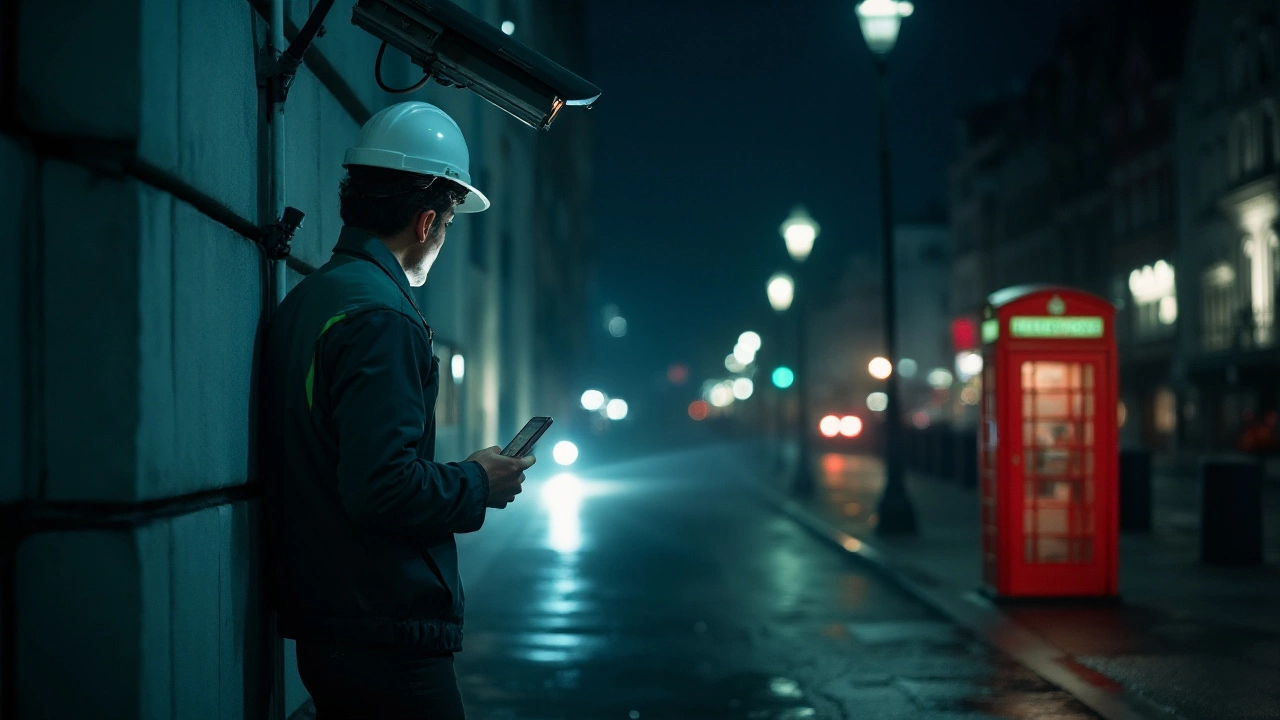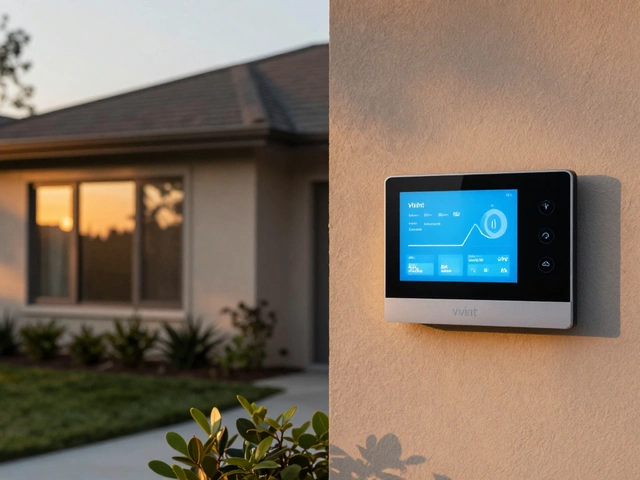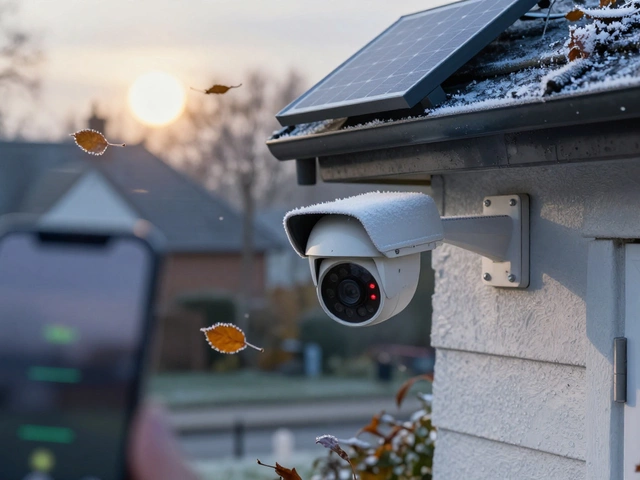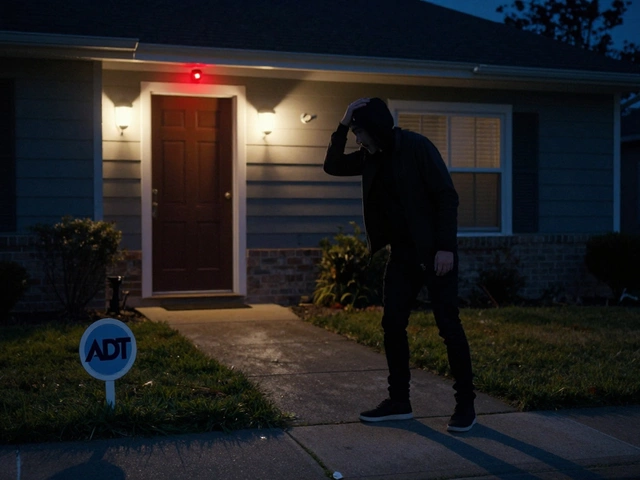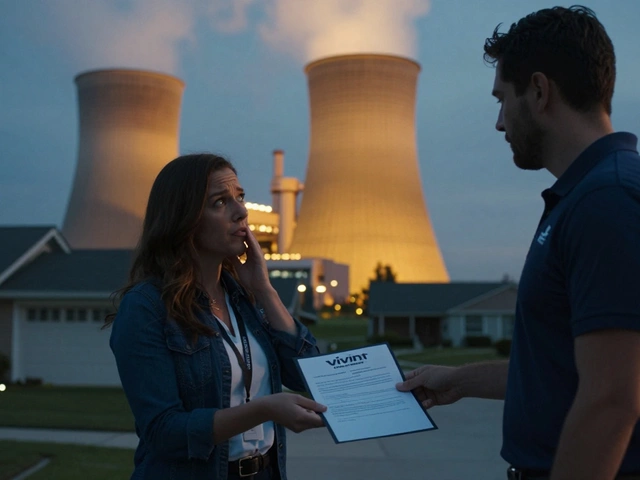Camera Features You Need to Know for a Safer Home
When you shop for a security camera, the spec sheet can feel like a tech maze. The good news is you only need to focus on a handful of features that truly impact safety and ease of use. Below we strip away the jargon and highlight what matters day‑to‑day, so you can pick a camera that actually works for you.
Essential Specs to Look For
Resolution. Higher pixels mean clearer faces and license plates. For most homes, 1080p (Full HD) is a solid baseline; 2K or 4K gives extra detail but may need more storage and bandwidth. If you plan to zoom in on footage, aim for at least 2K.
Night Vision. Cameras rely on infrared LEDs to see in the dark. Look for a range of at least 15 metres and a built‑in floodlight if you want colour view after dark. Infrared works well, but visible light is easier on facial recognition.
Field of View (FOV). A wide‑angle lens captures more area. A 120‑degree FOV is typical for indoor rooms; outdoor cameras often benefit from 180‑degree lenses. Remember, wider angles can distort edges, so balance coverage with clarity.
Power Source. Wired cameras provide constant power and often better video quality, while battery‑powered models give flexibility in placement. If you choose battery, check the advertised life—most last 6‑12 months under normal use.
Storage Options. Local microSD cards keep footage offline, great for privacy. Cloud storage offers remote access and automatic backups, but it usually comes with a subscription. Decide whether a one‑time SD card purchase or a modest monthly fee fits your budget.
Smart Features That Make a Difference
Motion Detection. Basic PIR sensors trigger recording when something moves. Advanced models add AI to differentiate people from pets or cars, reducing false alerts. Adjustable sensitivity lets you fine‑tune the trigger distance.
Two‑Way Audio. A built‑in speaker and microphone let you speak to visitors or warn intruders. Make sure the audio quality is clear; cheap microphones can pick up wind and become useless.
Smart Home Integration. If you already use Alexa, Google Assistant, or Apple HomeKit, choose a camera that plugs into those ecosystems. Voice commands, routine automations, and unified alerts simplify daily use.
Encryption & Privacy. Look for end‑to‑end encryption (AES‑256) and regular firmware updates. Cameras that store footage locally and only upload on demand give you tighter control over who sees your video.
Weatherproof Rating. Outdoor units need at least an IP65 rating to survive rain and dust. If you live in a harsh climate, consider cameras with built‑in heaters or solar panels.
Putting these features together creates a balanced system: a clear picture day and night, reliable alerts, and safe storage. You don’t have to buy the most expensive model—focus on the specs that match your property size, internet speed, and security goals.
Now that you know what to look for, compare a few top picks, match them against your checklist, and install the one that feels right. Your home will be watched, recorded, and protected without the headache of constant false alarms or blurry footage.

